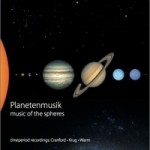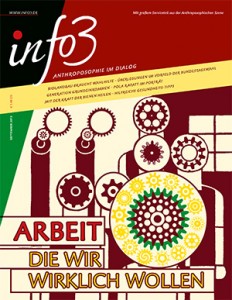„Sonification“ („sound made audible“) is the presentation of data referring to events in sounds.
In order to understand what I hear I have to realize the data.
Data that forms the basis of Akustik-Clock are Ephemeris.
Ephemeris are charts which contain moving astronomical bodies in constant intervals.
In an narrow sense these are charts of positions of sun, moon, planets.
Ephemeris for the observant astronomy use either the full circle of 360 degrees alongside the ecliptic or specify the position in equatorial coordinates.
Ecliptic (latin: lineaecliptica ‘to the eclipse’s belonging line’; greek: ekleipsis ‘failing to appear, disappear, darkness’) is the seeming orbit of the sun in a year’s course in front of the fixed star’s background. Watched in geocentric projection from the earth ecliptic forms an imaginary great circle on the celestial globe.
Akustik-Clock is the perpetual interval of 1 day and uses the full circle alongside the ecliptic – that is to say zodiac.
Location of the surveillance is the earth.
That means:
Available is data of sun, moon and planets for every day in terms of 0 to 360 degrees – evaluated from the earth.
One data record contains date (+ time (12.00 GMT) and the information of the position of objects.
Graphically seen this is nothing else than a horoscope pictured by astrologer. Markings of positions of planets are in the zodiac for a specific date.


